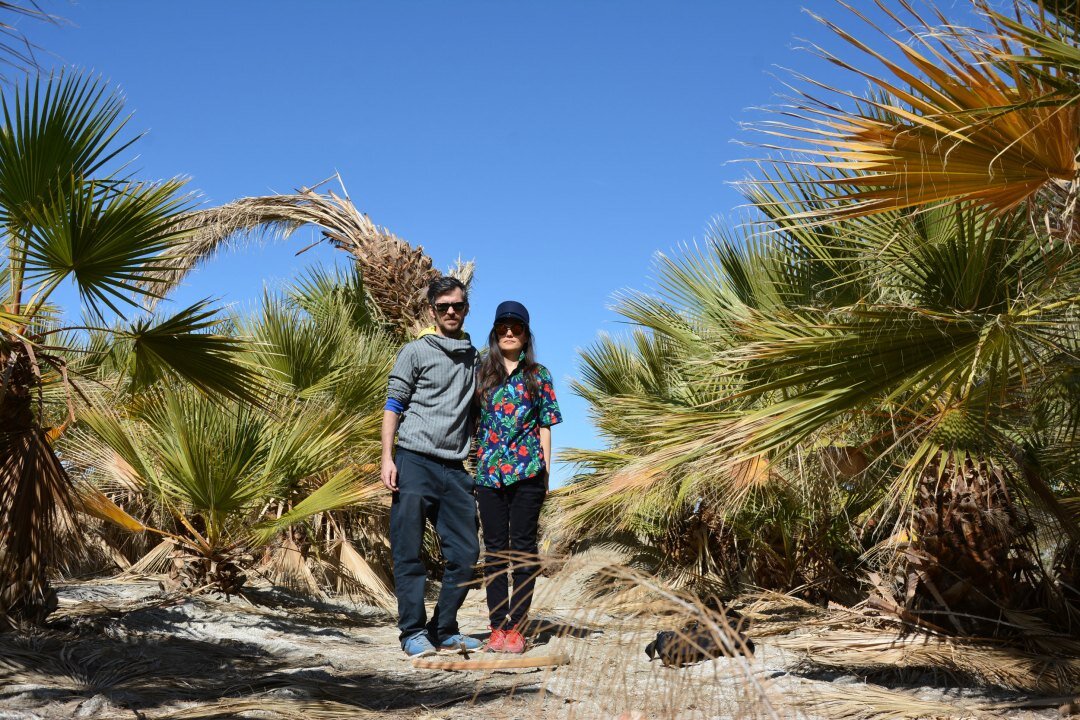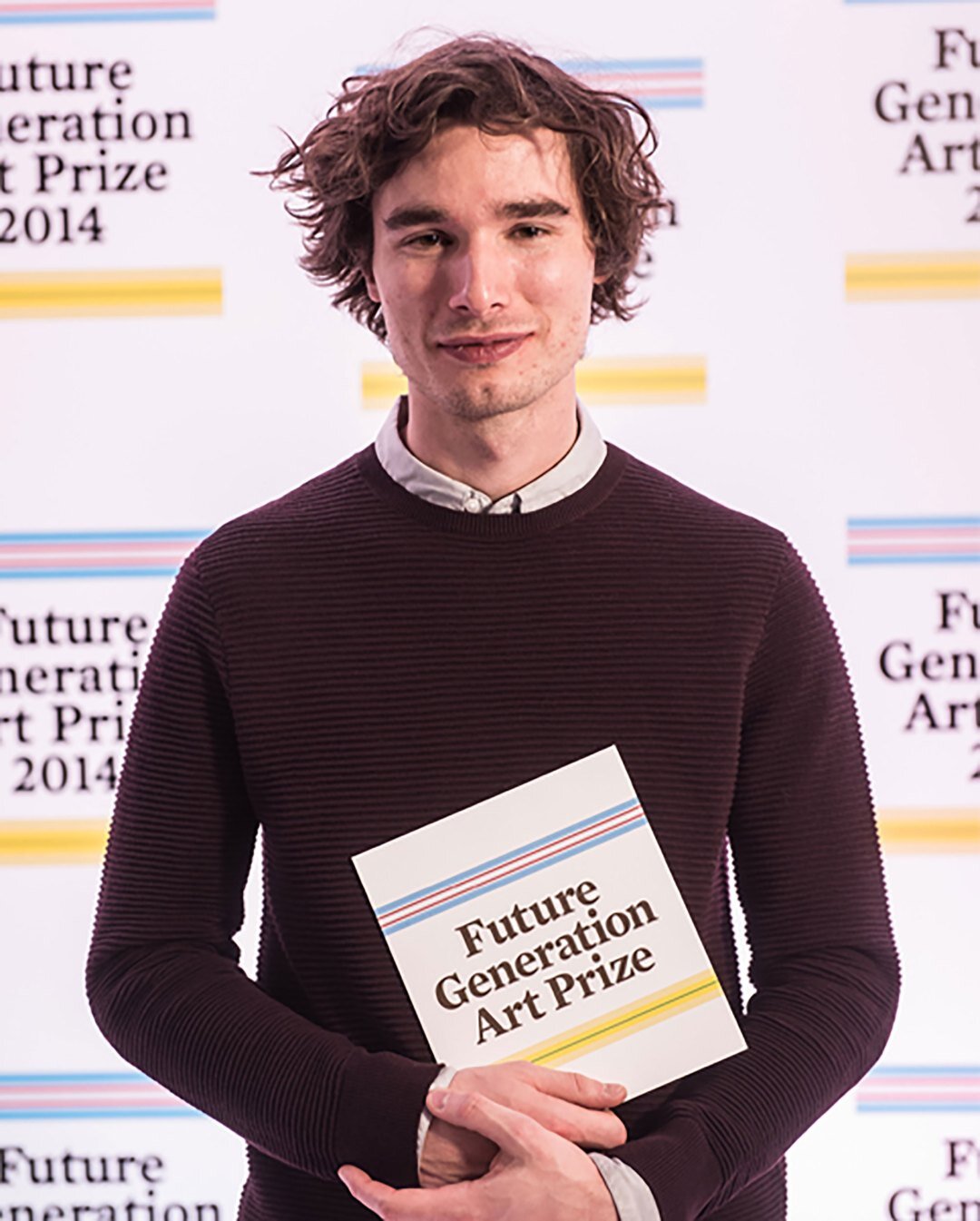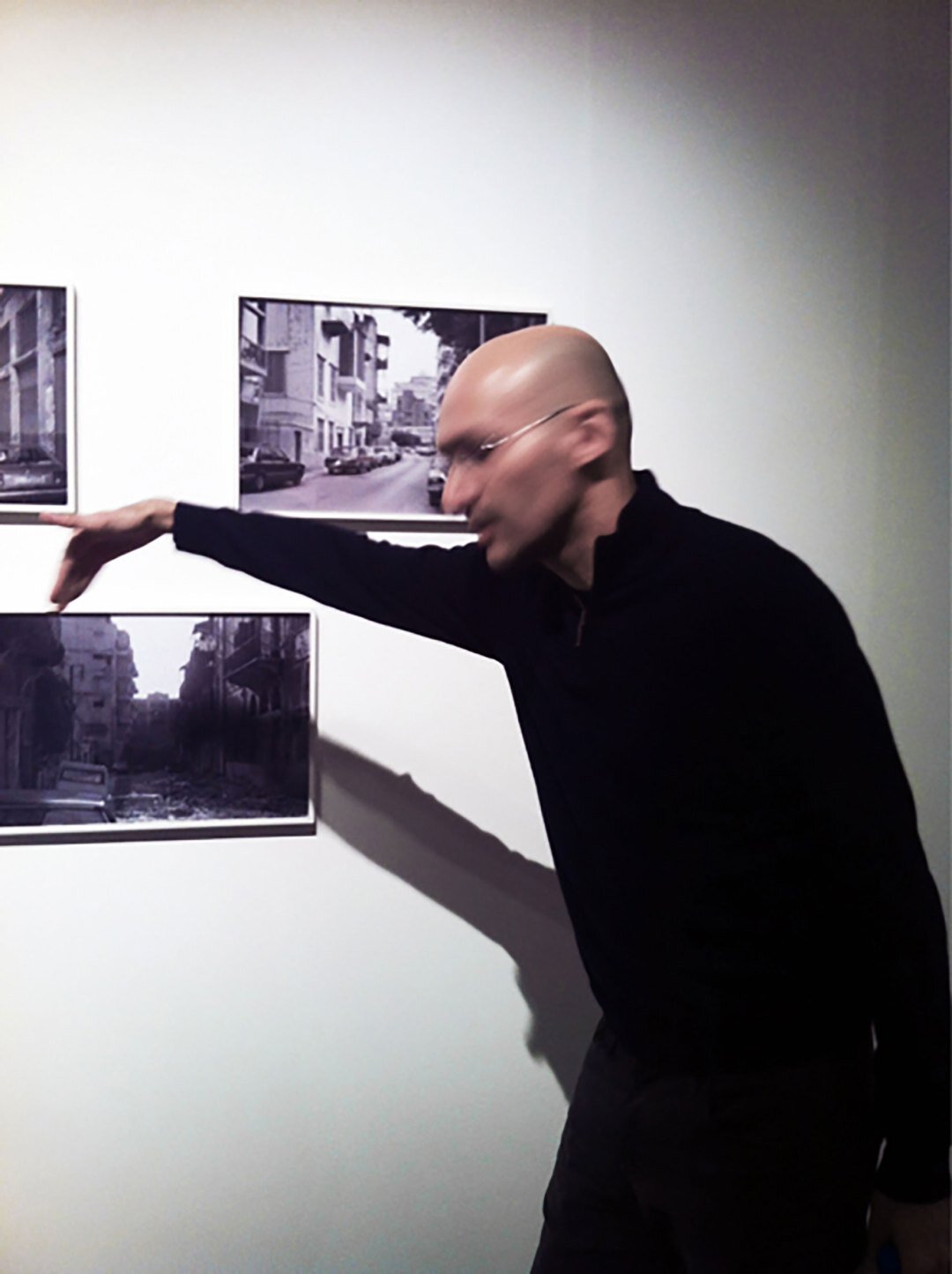HEARTBEAT 20 / PULS 20
May 14 - July 11, 2021
Artists:
2 META, Dan Acostioaei, Ana Adam, Felix Aftene, Andreea Anghel, Apparatus 22, Cătălin Bădărău, Dragoş Bădiţă, Liliana Basarab, Ioana Bătrânu, Matei Bejenaru, Biroul de Cercetări Melodramatice (Irina Gheorghe & Alina Popa), Răzvan Boar, Andreea-Lorena Bojenoiu, Bogdan Andrei Bordeianu, Irina Botea Bucan, Ștefan Botez, Claudia Brăileanu, Michele Bressan, Cătălin Burcea, Ion Condiescu, Elena Copuzeanu, Ștefan Radu Crețu, Giulia Crețulescu, Larisa Crunțeanu, Cristina David, Raluca Ilaria Demetrescu, Daniel Djamo, Megan Dominescu, Arantxa Etcheverria, Belu Simion Făinaru, Irina Gheorghe, Dani Ghercă, Bogdan Gîrbovan, Ana Golici, Nicolae Golici, Daniel Gontz, Teodor Graur, Dragoș Hanciu, Dorina Horătău, Gheorghe Ilea, Adelina Ivan, Mihaela Kavdanska, Iosif Király, Aurora Király, Kund Kopacz, Stela Lie, Petru Lucaci, Dragoș Lumpan, Maria Manolescu, Ana-Maria Micu, Mihai Mihalcea, Olivia Mihălțianu, Alex Mirutziu, Gili Mocanu, Patricia Moroșan, Ciprian Mureșan, Sorin Neamțu, Maurice Mircea Novac, Alexandru Păsat, Cosmin Paulescu, Romelo Pervolovici, Delia Popa, Marilena Preda Sânc, Cristian Răduță, Sandu-Eugen Raportoru, Carmen Rasovszky, Gheorghe Rasovszky, Lea Rasovszky, Bogdan Rața, Ioana Sisea, Larisa Sitar, Alexandru Solomon, Mircea Stănescu, Liviu Stoicoviciu, Patricia Teodorescu, Dan Vezentan, Bogdan Vlăduță, Dilmana Yordanova, Mihai Zgondoiu, Marian Zidaru, Victoria Zidaru
Curator:
Călin Dan
Opening: 14 May 2021, between 6pm - 9pm
Kunsthalle Bega
Opening Hours:
Tuesday – Saturday: 12pm – 6pm
Circumvalațiunii 10, Timișoara (RO)
[EN] Kunsthalle Bega and National Museum of Contemporary Art present ”HEARTBEAT 20” (new entries in the MNAC collections)
The National Museum of Contemporary Art – MNAC Bucharest is 20 years old. Twenty years are 20 heartbeats in the body of a young Museum. Struggling for an independent growth, MNAC had to feed its burgeoning identity with the heavy materials of a ready-made collection, inherited from times when concepts like contemporary and collecting had altogether a different meaning. In a few cautious steps, MNAC enlarged its inventory, most recently last year, when an important number of pieces (180 precisely) were added by purchase to an on-going narrative about the visual culture produced here.
A lot can be said about this assembly of works, about the almost miraculous ways in which they manage to illustrate 50 years of local art production, about the fascinating diversity of personalities united through the inspirational effort made by a jury of specialists with high standing, and with a deep knowledge about the recent history of Romania. The session of art acquisitions organised by MNAC in 2020, with the generous support of the Ministry of Culture, has not been just a mechanism of cultural politics. Through the synergy between an enthusiastic art scene (awaiting for 12 years this moment of recognition), and the expertise of the specialists within and around the museum, a remarkable act of collective curatorship has been taking place. The outcome is this exhibition, opened at the MNAC venue in Bucharest under the name ”12 Years After. A Survey of Romanian Art in 180 Works”, and now at Kunsthalle Bega under a more adequate title: ”HeartBeat 20”.
This has been probably the most naturally growing curatorial discourse in the short history of MNAC. ”HeartBeat 20” is actually an organism, resulting from living processes of interaction, and its move around the country, started inspirationally with this invitation at Kunsthalle Bega, is proof of it.
[RO] Kunsthalle Bega și Muzeul Național de Artă Contemporană prezintă ”PULS 20” (noi intrări în colecția MNAC)
Muzeul Național de Artă Contemporană – MNAC București împlinește 20 de ani. Douăzeci de ani sunt ca 20 de zvâcniri de puls în corpul unui muzeu tânăr. Căutând calea dezvoltării autonome, MNAC a trebuit să își hrănească identitatea cu materia grea a unei colecții moștenite de-a gata din timpuri când cuvintele contemporan și colecție aveau sensuri cu totul diferite. În câțiva pași precauți, MNAC și-a extins inventarul, mai cu seamă anul trecut, când un număr important de titluri (180 mai precis) au fost adăugate prin achiziție narațiunii în evoluție a culturii vizuale produse aici.
Se pot spune multe despre acest corpus de lucrări, despre felul aproape miraculos în care el reușește să ilustreze 50 de ani de producție artistică locală, despre fascinanta diversitate a personalităților reunite prin efortul remarcabil al unui juriu de specialiști cu o cunoaștere profundă a istoriei recente a artelor din România. Sesiunea de achiziții organizată de către MNAC în 2020, cu generosul sprijin al Ministerului Culturii, nu a fost doar un mecanism de politici culturale. Prin sinergia dintre o scenă artistică entuziastă (care a așteptat 12 ani acest moment de recunoaștere) și competența specialiștilor din muzeu și din jurul acestuia s-a născut un remarcabil act de curatoriat colectiv. Rezultatul este această expoziție, deschisă la sediul MNAC sub titlul ”După doisprezece ani. Producția artistică din România în 180 de lucrări”, și prezentată acum la Kunsthalle Bega sub un titlu mai adecvat: ”Puls 20”.
Discursul curatorial din care s-a născut ”Puls 20” a fost unul organic, expoziția dezvoltându-se firesc, asemenea unei ființe vii, prin acțiuni și re-acțiuni, prin provocări și răspunsuri, printr-o continuitate procesuală fără precedent. Cel mai spontan proiect curatorial al Muzeului Național de Artă Contemporană își începe un bine meritat traseu național prin această generoasă invitație la Kunsthalle Bega.
***
Membrii juriului / Members of the jury
1. Horia AVRAM (președinte, Asociația Internațională a Criticilor de Artă (AICA), filiala România / President, International Association of Art Critics (AICA), Romanian branch)
2. Cătălin DAVIDESCU (curator, critic de artă / Curator, art critic)
3. Anca MIHULEȚ (curator, critic de artă / Curator, art critic)
4. Ruxandra DEMETRESCU (director, Școala Doctorală, UNArte, București / Director, Doctoral School, National University of Arts, Bucharest)
5. Zoran ERIĆ - curator șef, Muzeul de Artă Contemporană, Belgrad (membru în Consiliul Științific MNAC) / Chief curator, Belgrade Museum of Contemporary Art – MoCAB (member of the MNAC Scientific Council)
6. Cătălin GHEORGHE (conf. univ. dr., Universitatea Națională de Arte „George Enescu”, Iași / Professor, "George Enescu" National Arts University, Iași)
7. Diana MARINCU (director artistic, fundația Art Encounters, Timișoara / Artistic director, Art Encounters Foundation, Timișoara)
8. Frances MORRIS - director, Tate Modern, Londra (membru în Consiliul Științific MNAC) / Director, Tate Modern, London (member of the MNAC Scientific Council)
9. Irina RADU (șef secție Colecții-Conservare, MNAC / Head of the Collections, MNAC)
10. Mara-Victoria RAȚIU - prorector, Universitatea de Artă și Design, Cluj-Napoca (membru în Consiliul Științific MNAC) / Prorector, Arts and Design University, Cluj-Napoca (member of the MNAC Scientific Council)
11. Andrei SICLODI - director, Künstlerhaus Büchsenhausen (membru în Consiliul Științific MNAC) / Director, Künstlerhaus Büchsenhausen (member of the MNAC Scientific Council)


















